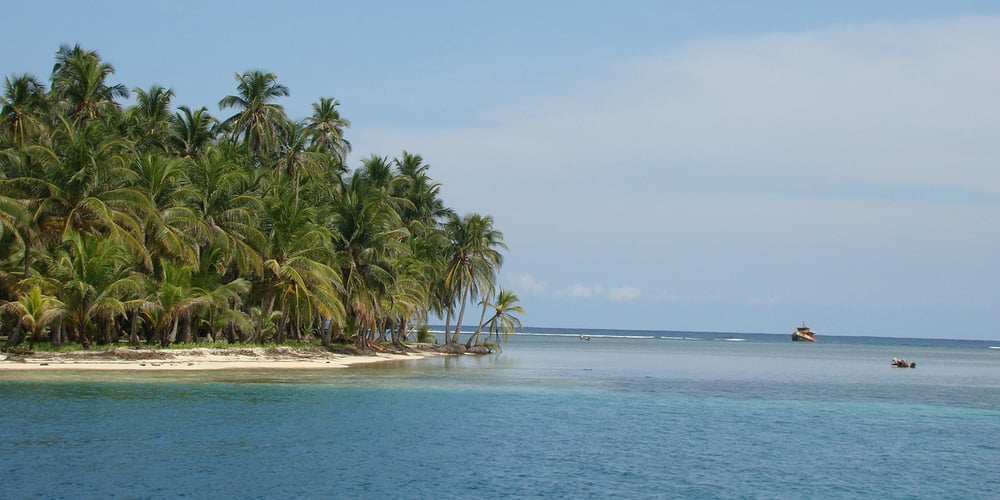The History and Traditions of the Carnival of Panama
The carnival of Panama is a vibrant and lively celebration with a rich history dating back to the colonial era. Originally, people would dress up as characters from the colony, such as the king and queen of Spain, slaves, and soldiers, and parade through the streets reenacting battles. This tradition has evolved over the years and today, carnival queens are elected to lead the parades and competing groups. These queens are generally from high society and their selection is a prestigious and highly coveted honor.
In addition to the parades featuring groups representing different neighborhoods and the city's multiculturalism, the carnival of Panama is also known for the "culecos," where crowds are sprayed with water from tank trucks during the day as a refreshing break from the heat. This tradition is shared by both the carnivals in Panama City and those held in the interior of the country.
The carnival in the interior of the country is particularly noteworthy, as it is divided into two competing groups, the Queen of Calle Arriba (upper streets) and the Queen of Calle Abajo (lower streets). These groups, or "tunes," spend the entire year preparing for the carnival, practicing, creating costumes and allegorical cars, and raising funds. Becoming a carnival queen is a serious and proud matter and it is not easy to be chosen. Families must have a history in the town and be financially prepared to cover the expenses that come with being queen. Some girls may start their journey to become a carnival queen at a young age by serving as princesses for other queens.
In addition to the parades, concerts, and "culecos," the carnival of Panama also features a variety of traditional foods and drinks. One popular treat is the "chicha," a fermented corn drink that is often served during the carnival. Another favorite is the "churro," a sweet fried dough pastry that is enjoyed by both adults and children. The carnival of Panama is also a time for traditional dances and music. The "murga," a musical genre specific to Panamanian carnivals, is a popular choice for the parades and concerts. The "tamborito," a lively dance with African and Spanish influences, is also a highlight of the carnival.
The celebrations begin on Friday night with the coronation of the queen, followed by a ride in a luxurious decorated car through the main square of the town, with the queen's "tuna" following behind and singing songs against the other queen. The following day, the "culecos" are celebrated, with the queens again going around the town in their decorated cars accompanied by their guiding groups.
The closing of the carnival in Panama is known as "the burial of the sardine" and takes place at dawn on Wednesday. In Panama City, the public and the carnival queens come out crying and screaming while a giant can of sardines leads the way. In the interior of the country, at 5:00 am, the queens of both streets meet in the central square of the town and perform dances and sing songs against each other, while fireworks go off between them. The queens then walk through the streets again, thanking their "prickly pear" (a group of supporters) before the carnival ends at 7:00 am.
In addition to the main carnival celebrations in Panama City and the interior of the country, there are also smaller carnivals held in various towns and villages throughout the region. These smaller carnivals often have their own unique traditions and celebrations, making the carnival of Panama a truly diverse and multifaceted event.
Overall, the carnival of Panama is a vibrant and exciting celebration that brings together people from
.png?width=600&height=240&name=Untitled%20design%20(23).png)


